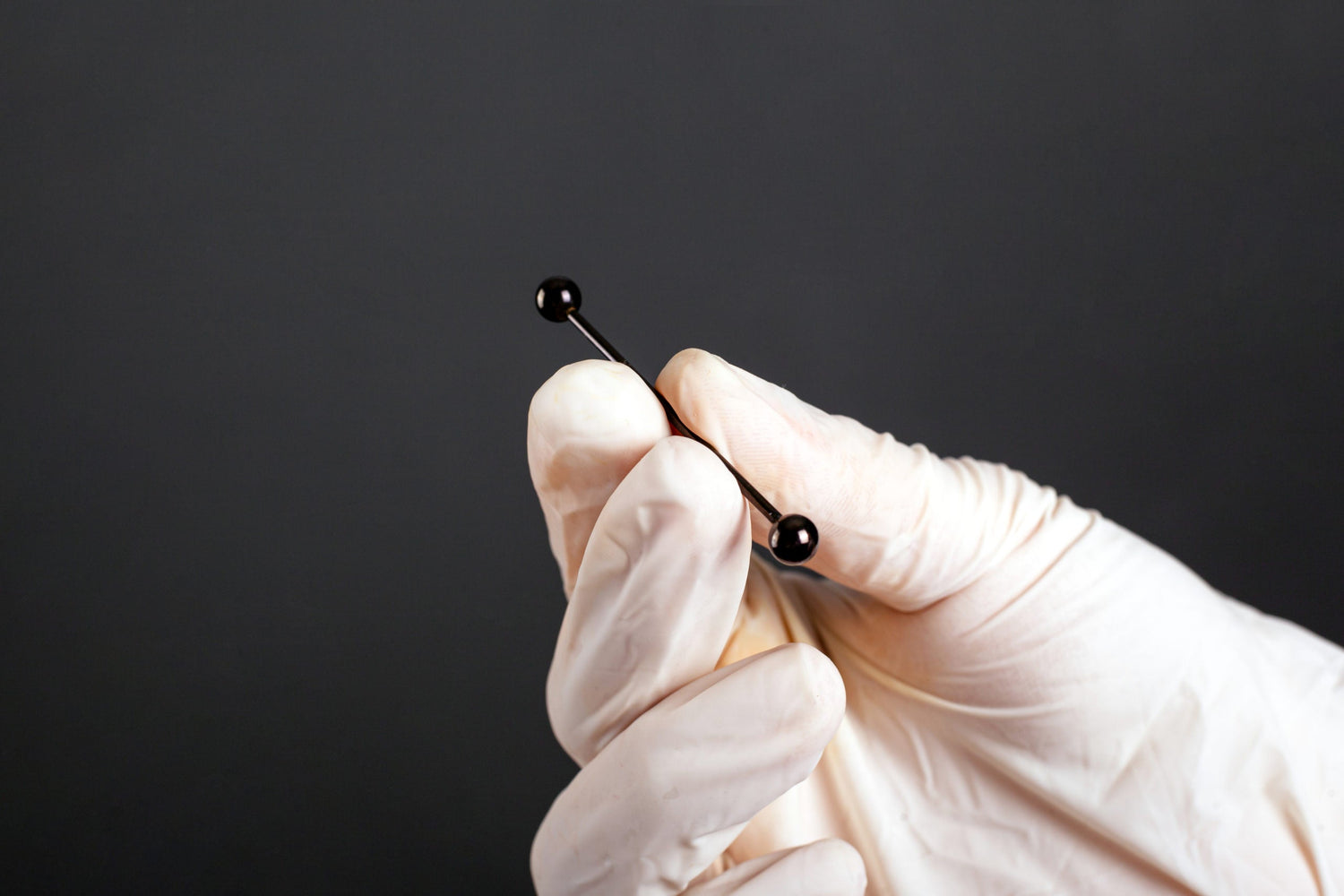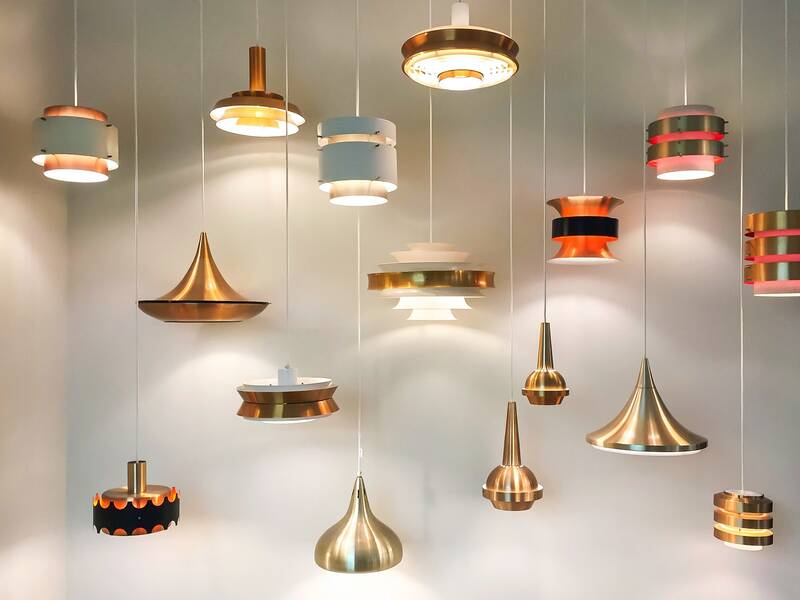Daith piercings for migraine are becoming more common as a potential tool, but does it actually help? In this article, you’ll learn what daith piercing is, where the piercings are located, and what science says about daith piercing for migraine attacks.
What is Daith Piercing?
Daith piercing is when an earring is placed through the innermost cartilage fold of your outer ear, the helix crus. Commonly called the daith, it is located just above the opening to your ear canal. Daith piercings are frequently done in just one ear, but can also be done in both ears.

Daith Piercing and Migraines
The idea behind daith piercing and migraines is rooted in the practice of acupuncture, which uses tiny needles to stimulate specific nerve endings thought to be related to pain relief. While acupuncture has a long history in alternative medicine, let’s take a look at what the science says about it.
The Science Behind Daith Piercing for Migraines
No large-scale scientific studies have documented daith piercing for migraines as an effective treatment. However, there is some research with encouraging potential.
Vagal Stimulation May Play a Role in Relief
One of the longest nerves in the body – the vagus nerve – branches throughout the ear, including through the daith. Similar to tragus piercings, daith piercings are purported to stimulate this nerve with the purpose of easing migraines and migraine symptoms.
There is ongoing research into the role vagal stimulation may play in migraine relief. Some research points toward daith piercings as a way to provide that stimulation. So there is enough potential here to warrant more investigation.
Because of this, the daith is often targeted by acupuncturists as a pressure point. However, there is a lot more research on acupuncture itself than on daith piercings for migraines.
Reduced Migraine Frequency in 54-Year-Old Man (Case Study)
One 2017 case study details the difference a daith piercing made in a 54-year-old man.
He suffered from severe headaches for most of his life and tried several different treatments, including pharmaceuticals, preventative therapies, steroids, and radiofrequency ablation. After each course of treatment, his debilitating headaches eventually returned.
The man decided to get a daith piercing in each ear. Over the next 6 months his headache frequency decreased from at least 15 headache days per month to 13 headache days in 3 months. The severity also decreased, allowing him to reduce his intake of painkillers even more.
In this case study, researchers acknowledged the results but warned of the possibility of the placebo effect . This is where a person’s belief in a treatment leads them to perceive an improvement in symptoms, at least temporarily.
Study Finds Lack of Evidence for Daith Piercings as Migraine Treatment
Another study examined a number of alternative treatments for chronic headaches. Researchers opted not to recommend daith piercings as a headache or migraine treatment, due to a lack of scientific evidence.
Does It Matter Which Ear I Pierce?
When getting a daith piercing for migraine, it may matter which ear you choose. However, the reasons for this are anecdotal and not based on scientific research. Many suggest piercing the ear on the side where you feel the most intense migraine pain. This makes sense if you accept the theory that vagus nerve stimulation could help you.
Many people who get daith piercings opt to do both sides.
Is Daith Piercing Safe?

Yes, daith piercing is generally considered safe. While most people wouldn’t consider any piercing especially risky, daith piercing involves cartilage. And cartilage piercings do carry more risk than piercings to the earlobe. Potential risks of daith piercing include:
- Infection or abscess
- Bad placement of jewelry
- Metal allergy
- Swelling
- Bleeding
- Scaring, even if you decide to remove the piercing
- Short-term and lingering pain
- Potential removal of infected cartilage
- Worsening migraine
In rare cases, infections in cartilage piercings have led to life threatening conditions like toxic shock syndrome or sepsis. And since you don’t know if daith piercing will work for you unless you try it, you could be taking those risks for little to no benefit.
It should be noted that people with conditions that could compromise healing, such as diabetes, hemophilia, autoimmune diseases, or other conditions are usually advised to avoid a daith piercing.
Caring for a Daith Piercing
After a daith piercing, the area will need special attention to reduce your risk of infection.
- Soak the piercing in warm salt water or saline solution at least once daily after the first day
- Wait at least 3 weeks before immersing it in water
- Leave the jewelry in place for at least 3 months
- Avoid touching the area without washing your hands
- Don’t rub the area – pat it dry after rinsing or soaking
- Avoid using soap, shampoo or detergents on the area the first day or two
- Avoid alcohol-based cleaners
- Avoid chemically-scented lotions, soaps, and creams in the area
With proper care, the piercing could still take several months to heal. If you decide to get a daith piercing, make sure you go to a licensed piercer in a facility you trust, and follow their aftercare advice very closely.
Summing Up Daith Piercings for Migraine
While daith piercings for migraines might have potential as a remedy, more research is definitely needed before a piercing can be classified as a treatment.
If you decide to try it yourself as a “study of one,” the most important thing is to keep your expectations reasonable and understand the risks.
Daith piercings might be helpful for some, but we don’t recommend relying on it for miraculous relief. What we do recommend is a well-rounded mix of scientifically sound remedies, medical treatment, and preventative measures like Axon Optics, powered by Avulux® Migraine and Light Sensitivity Lenses.





